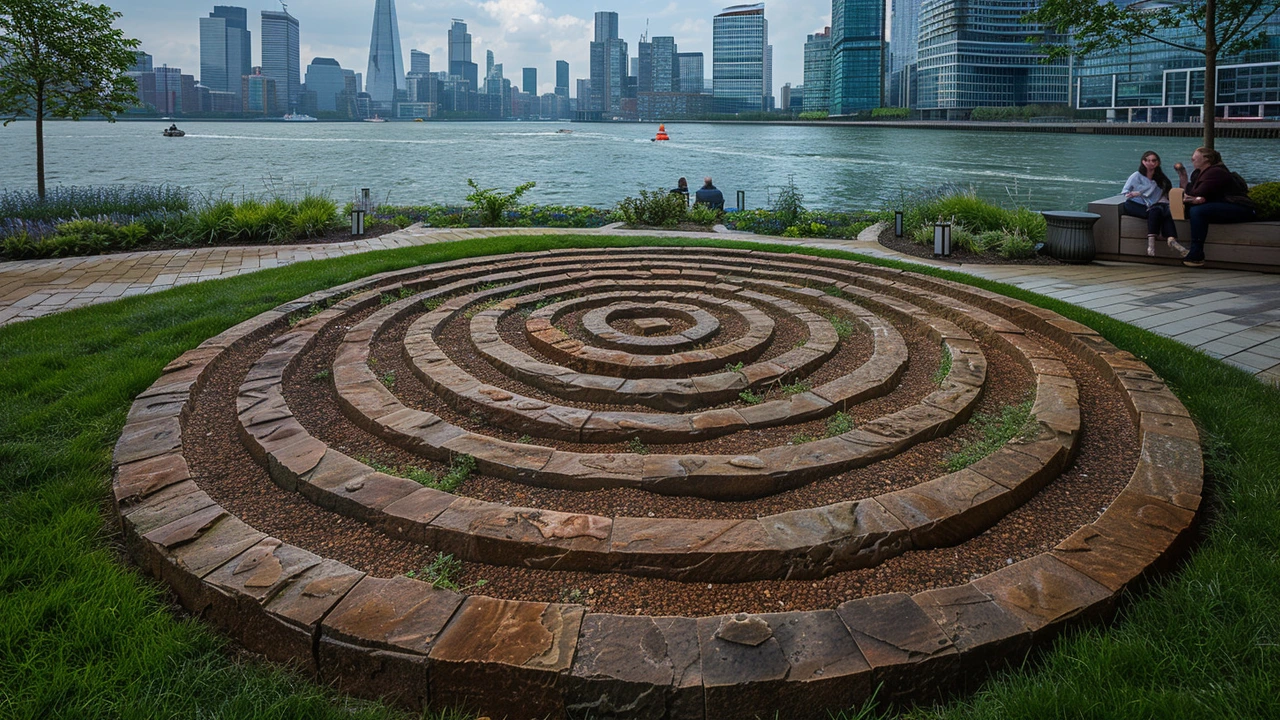Urban landscapes: how artists capture city life
More than half the world's population lives in cities, so urban landscapes are where most visual stories unfold. If you want to paint, photograph, or design city scenes that feel alive, focus on three things: light, structure, and human traces. These make a flat skyline feel lived in.
Urban landscape art covers everything from gritty alleyways to polished plazas. You can approach it as photorealism, abstraction, land art, or even installations that reshape public space. Each method changes what you notice: photorealism trains your eye on details; abstract approaches highlight mood; land art and installation connect art to place.
What to look for in the city
Start by watching how light moves. Morning and late afternoon cast long shadows that create drama. Then study patterns—repeating windows, power lines, pavement cracks—and use them to build composition. People and their belongings tell small stories: a discarded coffee cup, a bike leaning on a wall, a couple arguing by a bus stop. Those small things anchor a scene.
Consider texture and color. Rust, peeling paint, neon signs, and mirrored glass all give you different palettes. Use warm tones where life feels intense and cool tones to suggest distance or silence. Contrast between old and new buildings is a classic urban theme—mix it in to add tension or balance.
Practical tips for making urban landscapes
If you work from life, walk the same block at different times to see changes. For photography, use a tripod for low light and try wide-angle lenses to emphasize scale. For painting, photograph details to reference later and block in large shapes before adding fine lines. In digital work, layer textures and adjust contrast to recreate gritty city surfaces.
Think about scale and viewpoint. Shooting or painting from below can make buildings feel monumental; a rooftop or drone view compresses streets into patterns. Don’t be afraid to crop tightly—sometimes a slice of a scene tells the story better than the whole street. Composition rules like leading lines and the rule of thirds work well, but breaking them can give your piece energy.
Finally, connect your art to public life. Installations, murals, and land art change how people move through a place. If you want impact, pick a spot where your idea interacts with daily routines: a path, a plaza, or a transit stop. That way your work becomes part of the urban landscape it describes.
If you want examples, check posts on photorealism techniques, land art’s role in urban design, or futurism and smart cities to see different takes on the same subject. Urban landscapes are everywhere—start with a walk and a notebook, and let the city teach you what to notice.
Try a quick exercise: pick one street, spend thirty minutes, and sketch or shoot every detail that pulls your eye. Afterward, pick three elements to focus on in a piece. Repeat weekly and you’ll see your eye sharpen. Share your work and watch what feedback teaches you about the city.

